Jane Eyre by Charlotte Bronte
Why It's a Masterpiece (Week 3)
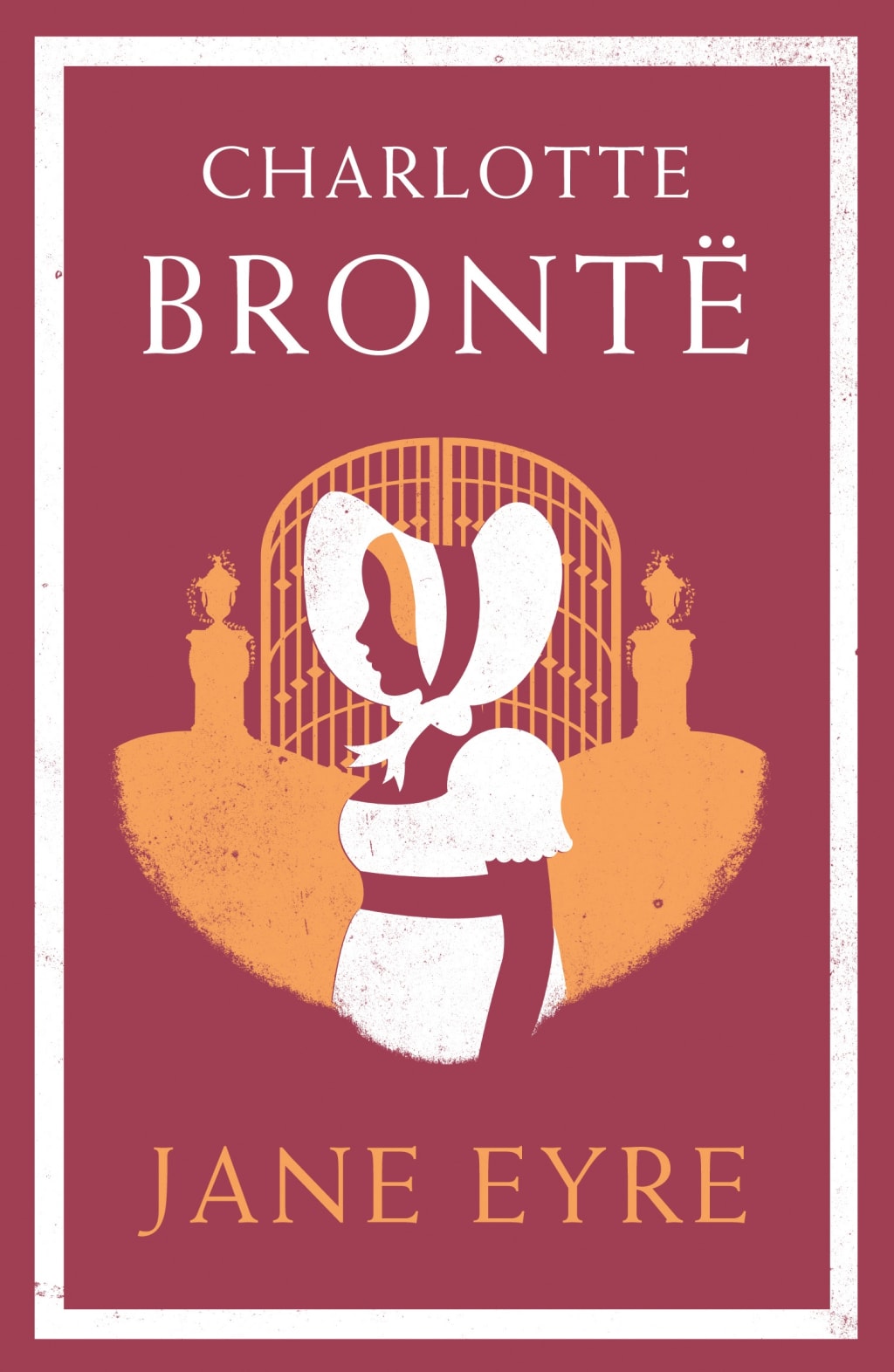
‘Jane Eyre’ is possibly one of the most influential books of all time from being written by a woman in a time where women’s writing was not just disrespected but women were discouraged from participating altogether in the activity. Fuelled by her short but incredible life, Charlotte Bronte would sit in an inn in Manchester and write up the novel that would become one of the most widely recognised female protagonist novels in the world. Not only that, but it also serves us with a great story about a woman overcoming obstacles in the face of adversity. To be known as one of the greatest novels ever written might be good enough for ‘Jane Eyre’ but it is also one of the most celebrated works of fiction by a female writer. It is testament to the achievements of women.
The Plot
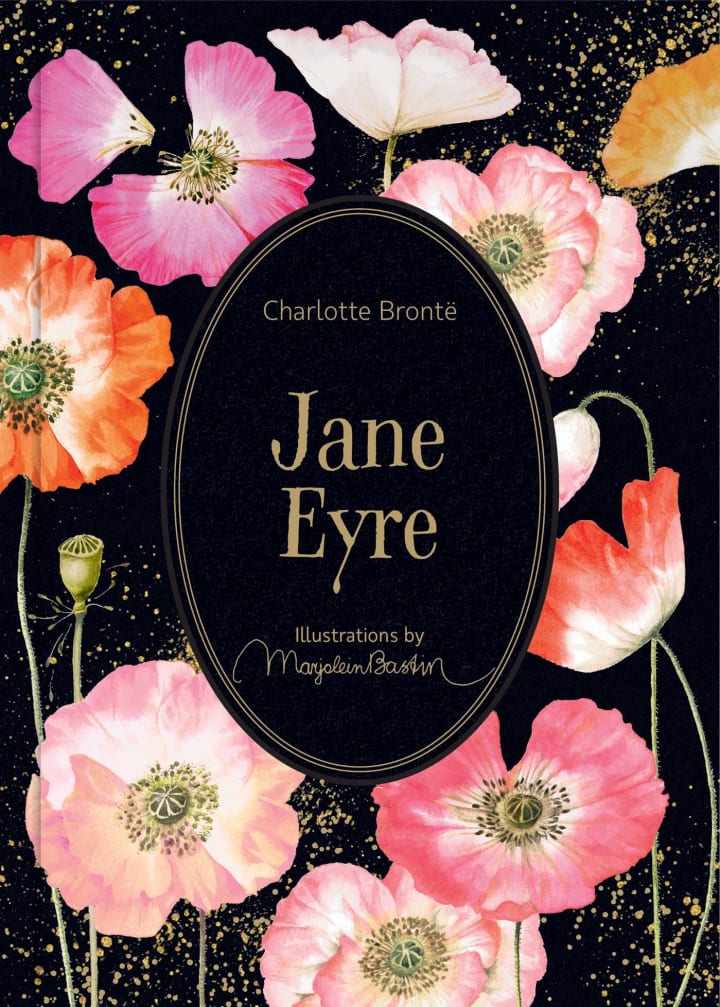
The plot is a lengthy one but, by no means should you miss out on any of it. It starts with us being introduced to Jane living with her cousins and her aunt. She has a book thrown at her head by her cousin, John Reed. She is then sent to the horrifying ‘red room’. After this, it is decided that she will attend a boarding school called ‘Lowood’. Lowood starts out as a disaster with the mean Mr Brocklehurst being outed as a hypocrite from very early on in Jane’s punishments. But, the kindness of the strong-willed Ms Temple will help Jane and her new friend, Helen Burns, overcome their difficulties.
After Lowood, Jane works as a teacher there for a number of years before moving on to a place called Gateshead where she must serve as governess to a young child called Adele Varens. This is also where she meets the dark and brooding Mr Edward Rochester, a man with more secrets than you have fingers on your hand. He is set to marry Blanche Ingram and yet, he clearly likes Jane as well. Unfortunately for Jane she does attempt to marry Rochester and discovers the terrifying secret he holds about a woman named Bertha Mason. Bertha Mason - the madwoman in the attic. Jane runs off and encounters St John Rivers, but becomes disillusioned quickly, returning to Rochester at his home, Thornfield Hall only to discover it has been burnt to the ground.
The book seemingly ends on a higher note as to where it started and Jane eventually does get her happy ending. However, it comes at a strange cost and she is not above and beyond, she is contented. This is a message in fighting for your right to be contented as a woman, or there will always be people standing in the way of it. It is a beautiful story that has been so well-written that though it is somewhat 400 or so pages, it will simply fly by.
Into the Book

There are several great themes in this book and I will only investigate three of them for the sake of time. The first theme I want to look at is place. The book is split up by which places Jane happens to be in at the time. The first is Gateshead where she lives with her aunt’s family, the second is Lowood where she goes to school and the third is Thornfield where she attempts to find closure and be content with her life. Places are very important in this novel as emotions are often associated with them and, as we return to them there are memories that they hold. When Mrs Reed dies, Jane must return to Gateshead which is filled with so many negative memories for her. She witnesses the discontent of her cousins who now attempt to somewhat reconnect with her, feeling sorry for themselves. Jane holds steady and refuses this reconnection, only tending to Mrs Reed, showing her out of this life in the most comfortable way possible.
Places are also associated with people. The darkness of Thornfield Hall often resonates with the dark and brooding nature of Mr Rochester. The house is filled with secrets, the weirdness of Grace Poole serving as a symbol to the things that Jane may not know about the house and its secrets. There’s weird laughter from the attic. Jane tries to explore the house as a means for getting closer to Mr Rochester. The large and entitled nature of Gateshead is reflective of the people who lived there with the ‘red room’ being symbolic of the tragedy that occurred in its most obviously supernatural glimmers of the moonlight thrown over the red furniture. Then, of course we have that really reflective nature of Lowood, showcasing to the reader the hypocrisy of Mr Brocklehurst. A clever juxtaposition of ideas employed by Charlotte Bronte to write in without much saying, the ideologies preached vs the preacher’s own life. This is something that has rippled on in the novel ever since Mr Brocklehurst told Jane to recite her psalms. It will continue throughout Jane’s life when she encounters men who think they are above someone else and have that ‘holier than thou’ attitude. Each with a different symbolism of place: Brocklehurst, Rochester, St John Rivers.
“My world had for some years been Lowood: my experience had been of its rules and systems; now I remembered that the real world was wide, and that a varied field of hopes and fears, of sensations and excitements, awaited those who had courage to go forth into its expanse, to seek real knowledge of life amidst its perils.”
- Jane Eyre
Another great symbol in this book is the use of contrast to symbolise character. For example there are those paintings that Jane does; one is of Blanche Ingram and one is of herself. She almost precisely imagines Blanche Ingram as she is, without even seeing her. She spends forever on perfecting the image of Blanche with all of her beauty and jewels. Whereas, when Jane paints the picture of herself, she takes no time at all to make herself as bland as physically possible. In comparison, she makes herself a satyr to Hercules. This presents a lot to the reader about Jane’s character. Throughout her life, she has never been considered good enough, the term ‘plain Jane’ being coined because of the character in the book. Another aspect of her character it shows us is her requirement to see herself for worse than she is. As a woman of strong moral values, she presents herself as small and feeble. At the point of the painting in the book, she has been through a lot and has managed to come out of it without much mental scaring and yet, she still views herself as less than others. It tells a lot about her character and her wants. She wants to be contented with herself which, though it is not the way she had planned, at the the end of the book, she is.
“Miss Ingram was a mark beneath jealousy: she was too inferior to excite feeling. Pardon the seeming paradox; I mean what I say. She was very showy, but she was not genuine; she had a fine person, many brilliant attainments, but her mind was poor, her heart barren by nature; nothing bloomed spontaneously on that soil; no unforced natural fruit delighted by its freshness. She was not good; she was not original; she used to repeat sounding phrases from books; she never offered, nor had, an opinion of her own. She advocated a high tone of sentiment, but she did not know the sensations of sympathy and pity; tenderness and truth were not in her”
- Jane Eyre
Another point of contrast is the difference between the natures of Jane and Bertha. Jane almost feels bad for Bertha and yet, is afraid of her and her capabilities. When Thornfield Hall is burnt to the ground, Bertha Mason has died in an act of suicide and Rochester is terribly injured. Jane running away from Thornfield damaged Rochester emotionally, Bertha setting the house on fire damaged him physically and so - in the end both had a negative impact on him with only Jane being able to rectify hers. Bertha and Jane serve as opposing characters where Bertha was once free in the outdoors of a plantation, Jane was locked away. Where Bertha was once married to Rochester and taken from her home, Jane went in search of a new home and married Rochester. Where Bertha was hidden away in the attic, Jane was encouraged to participate with guests and almost put on display. The contrast between them and the way they are treated by Rochester especially is key to understanding how they finally inflict pain upon him.
“When thus alone, I not infrequently heard Grace Poole’s laugh: the same peal, the same low, slow ha! ha! which, when first heard, had thrilled me: I heard, too, her eccentric murmurs; stranger than her laugh. There were days when she was quite silent; but there were others when I could not account for the sound she made.”
- Jane Eyre
The last great theme I would like to look at in this book is death. Death is a huge theme from the beginning of the book as Jane is an orphan and her uncle, Mr Reed, is also dead. Death plays a huge part in Jane’s early understanding her position in the world, she is immediately put down because of the fact that she is living under someone else’s roof out of what Mrs Reed must believe is the kindness of her heart. When Jane goes to school and befriends Helen Burns she must encounter death yet again as Helen succumbs to illness and dies in Jane’s arms. It is one of the most important images in the book, echoing the death scene early on in Mary Shelley’s ‘Frankenstein’. The death of Helen Burns encourages Jane to start implementing the lessons about calm into her own life. When Mrs Reed dies, Jane learns that she no longer wants that reconnection with her cousins that she had fleeting thoughts about. When Bertha Mason dies Jane realises her true duty is to do her best to be content. With each death there is a lesson she learns and though the topic itself is quite grim, there is a lot to be seen of death in the book and how it has this impact on her character. Each death makes her character change a little, like someone adding a bit more blush or atmosphere with each stroke upon a painting.
“I am very happy, Jane; and when you hear that I am dead you must be sure and not grieve; there is nothing to grieve about. We all must die one day, and the illness which is removing me is not painful; it is gentle and gradual; my mind is at rest…By dying young I shall escape great sufferings…I believe; I have faith; I am going to God.”
- Jane Eyre
Why It’s a Masterpiece
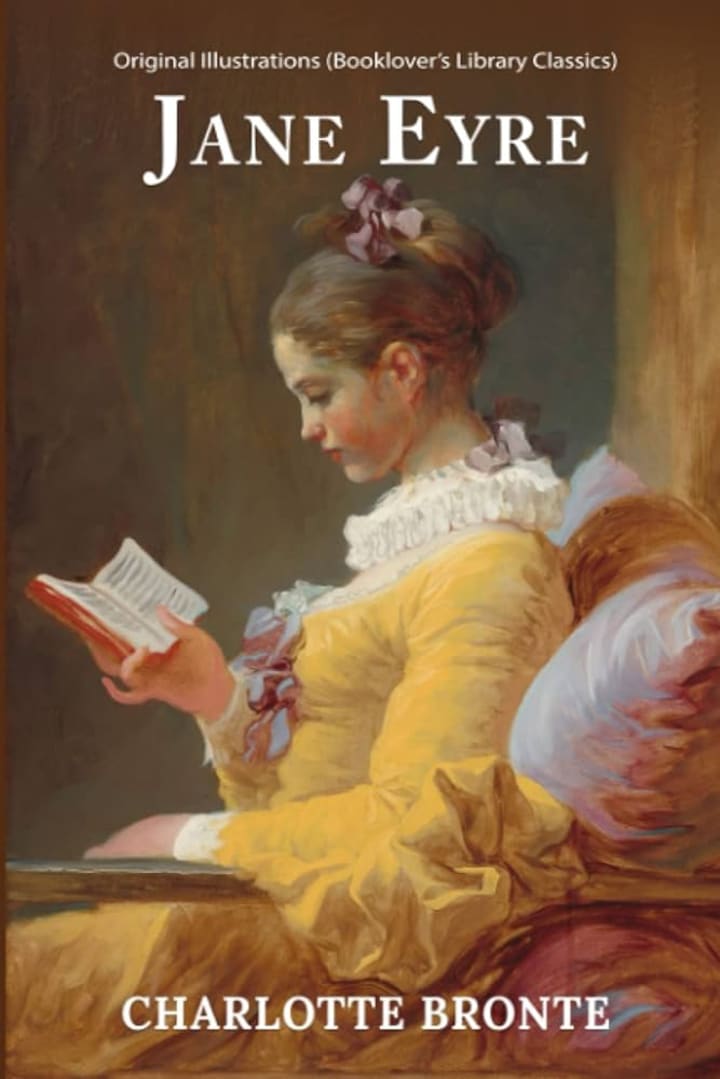
There are many reasons why ‘Jane Eyre’ is considered to be a masterpiece. One of them was written into the ‘Guardian’ and their top 100 books of all time stating:
“In an extraordinary breakthrough for the English novel, borrowing the intimacy of the 18th-century epistolary tradition, Charlotte Brontë had found a way to mesmerise the reader through an intensely private communion with her audience. We, the author, and Jane Eyre become one. For this, she can be claimed as the forerunner of the novel of interior consciousness.” (McCrum, 2013)
It is true that ‘Jane Eyre’ is one of the most enthralling novels that invites us into the world of the protagonist through its engaging and conversational style and tone. It brings to life the previously untold story of a woman in the working world at a time when that was still as rare as unicorns.
‘Jane Eyre’ also stands as a testament to the simplicity of Victorian Fiction whilst also being symbolic of so many things. Studied for over 100 or so years, ‘Jane Eyre’ has become one of those books that nearly every literary mind has something to say about. We still find new things today as we continue to re-read the text and we continue to be in awe as we are invited back to it every single time. It begs us to explore every aspect of her life to the question of identity in the by-line of ‘An Autobiography’ to whether the child, Adele is supposed to symbolise the contrast to Jane’s own childhood whilst retaining the key similarities of abandonment - featuring it as a common theme between the rich and the poor.
Conclusion
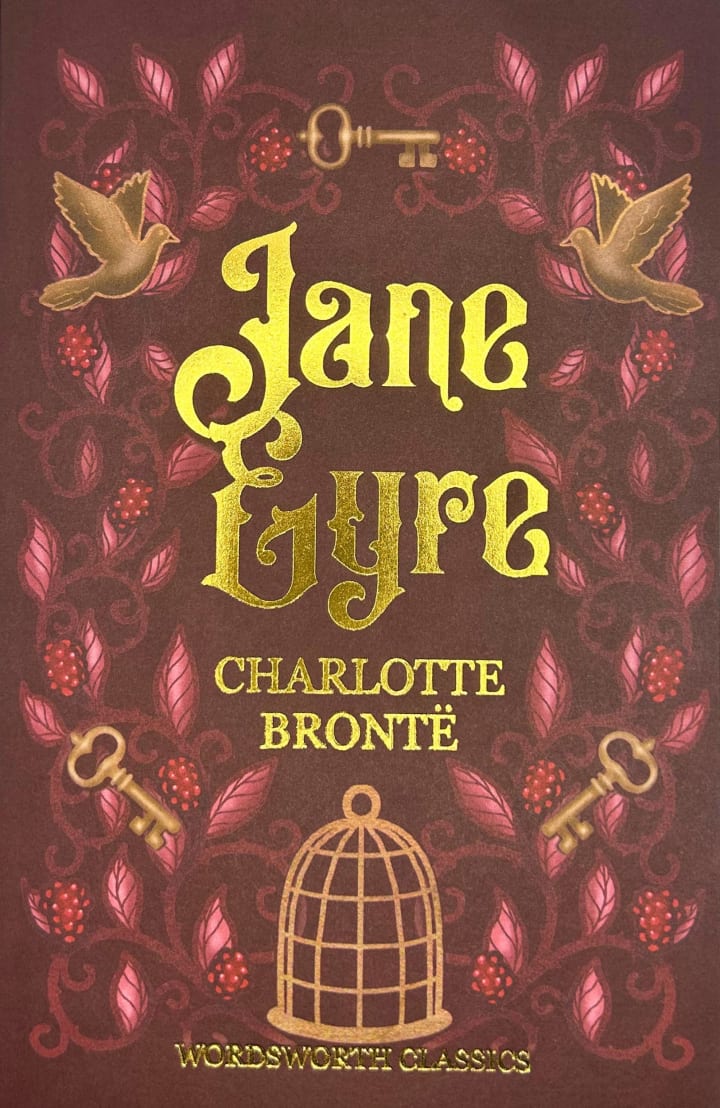
All in all, the only conclusion I can come to about why this is a masterpiece is because it resonates with so many women over such a long space of time. It makes the experience of being a woman almost seem universal and the face of it becomes one who could be absolutely anyone. Charlotte Bronte wrote an amazing book with a female protagonist who, initially, is a blank slate. A character who all of us women can see ourselves in.
Sources Cited:
- McCrum, R. (2013) The 100 best novels: No 12 – Jane Eyre by Charlotte Brontë. The Guardian.
Next Week: The Island of Dr Moreau by HG Wells
About the Creator
Annie Kapur
200K+ Reads on Vocal.
English Lecturer
🎓Literature & Writing (B.A)
🎓Film & Writing (M.A)
🎓Secondary English Education (PgDipEd) (QTS)
📍Birmingham, UK


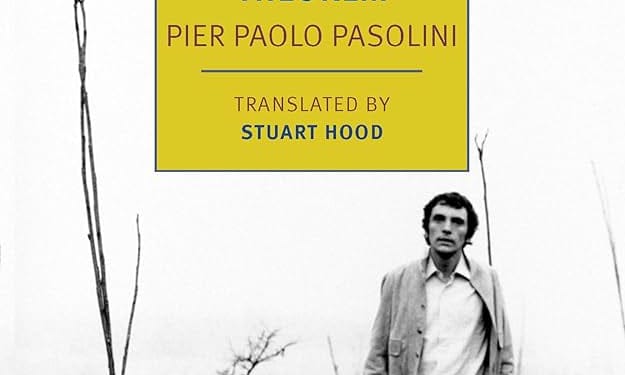



Comments
There are no comments for this story
Be the first to respond and start the conversation.